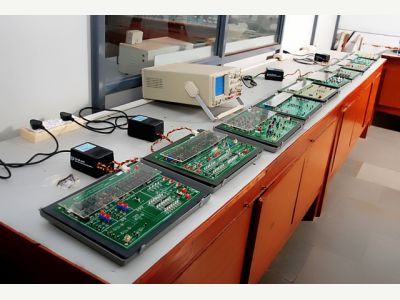AARP’s Project Catalyst was created to help nurture innovation in the medical device development industry by studying the wants and needs of senior adults as it relates to health and wellness. The first study that was done was based around activity trackers. Activity trackers are hugely popular among young and middle-aged people despite being an arguably greater asset to older adults.
The study showed that designing medical devices or products for seniors must take into account the apprehension to technology many older people feel as well as the need for simple setup. In fact, 81% of the participants who were over 70 were not able to setup their devices without help. This was very frustrating for them, despite the fact that once they were set up, the functionality and usability was much easier.
The second thing that was learned is that older adults tend to experience more physical discomfort than younger people. It was reported that 34 participants had stopped using the tracker after experiencing mild to severe discomfort due to the inflexibility of the band, wrong sizing and clasps that irritated their skin.
Lastly, appearance really mattered. Many of the participants found their activity trackers to be stylish, while others didn’t want to wear them in public. It’s important to offer a wide array of style options. Some of the seniors wanted vibrant and colorful devices, while others almost wanted them to be hidden and neutral. Also, almost none of the participants appreciated the trackers without a display. They found the ability to see real-time progress and stats as a huge motivator.
At Keystone Solutions Group, we have been an industry leader in medical device contract manufacturing and new product development since 1997. We can be just an engineering resource for you, or we can be manage the entire new product development cycle. Contact us today and let’s get started on the next big medical device breakthrough!
